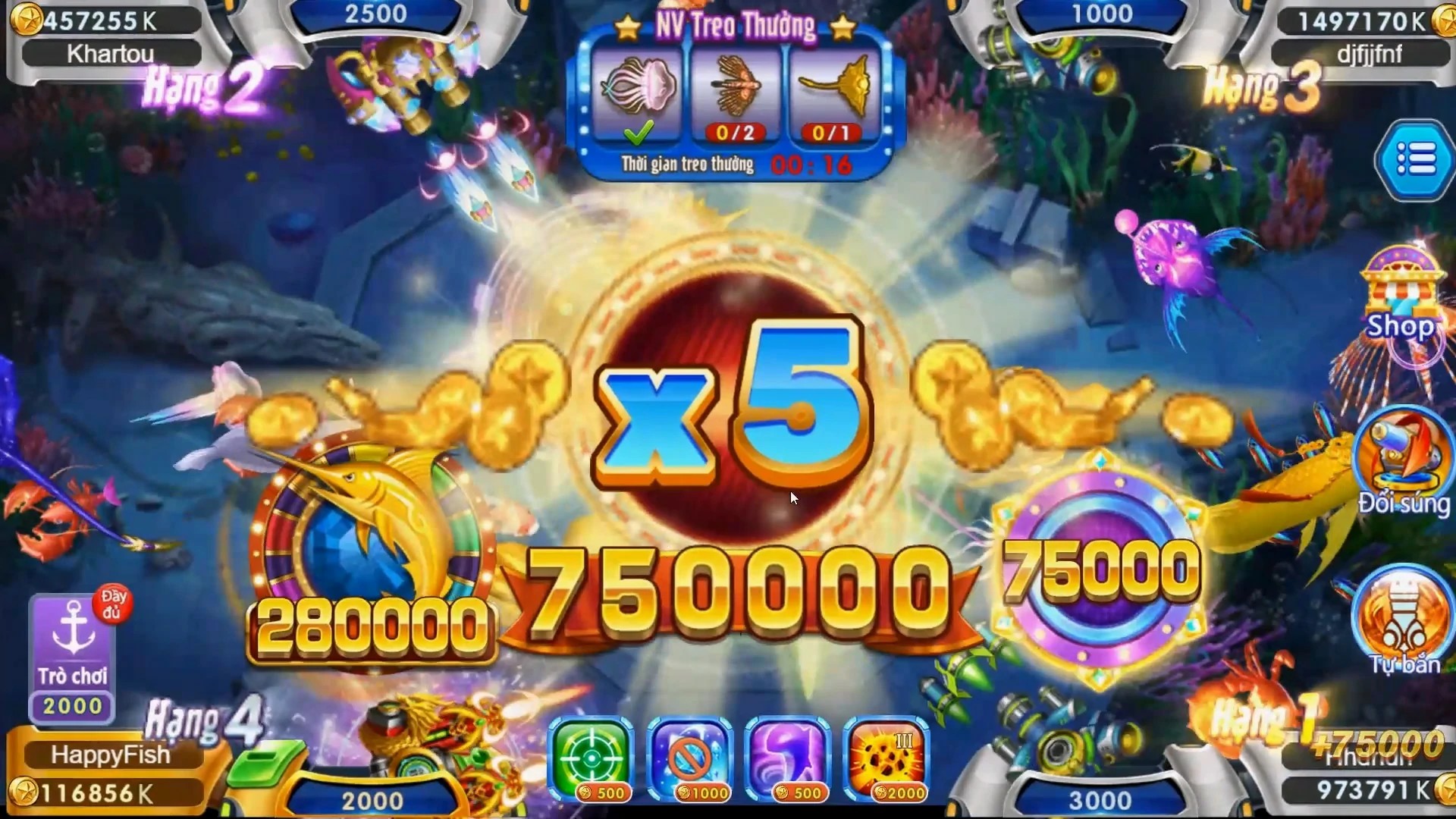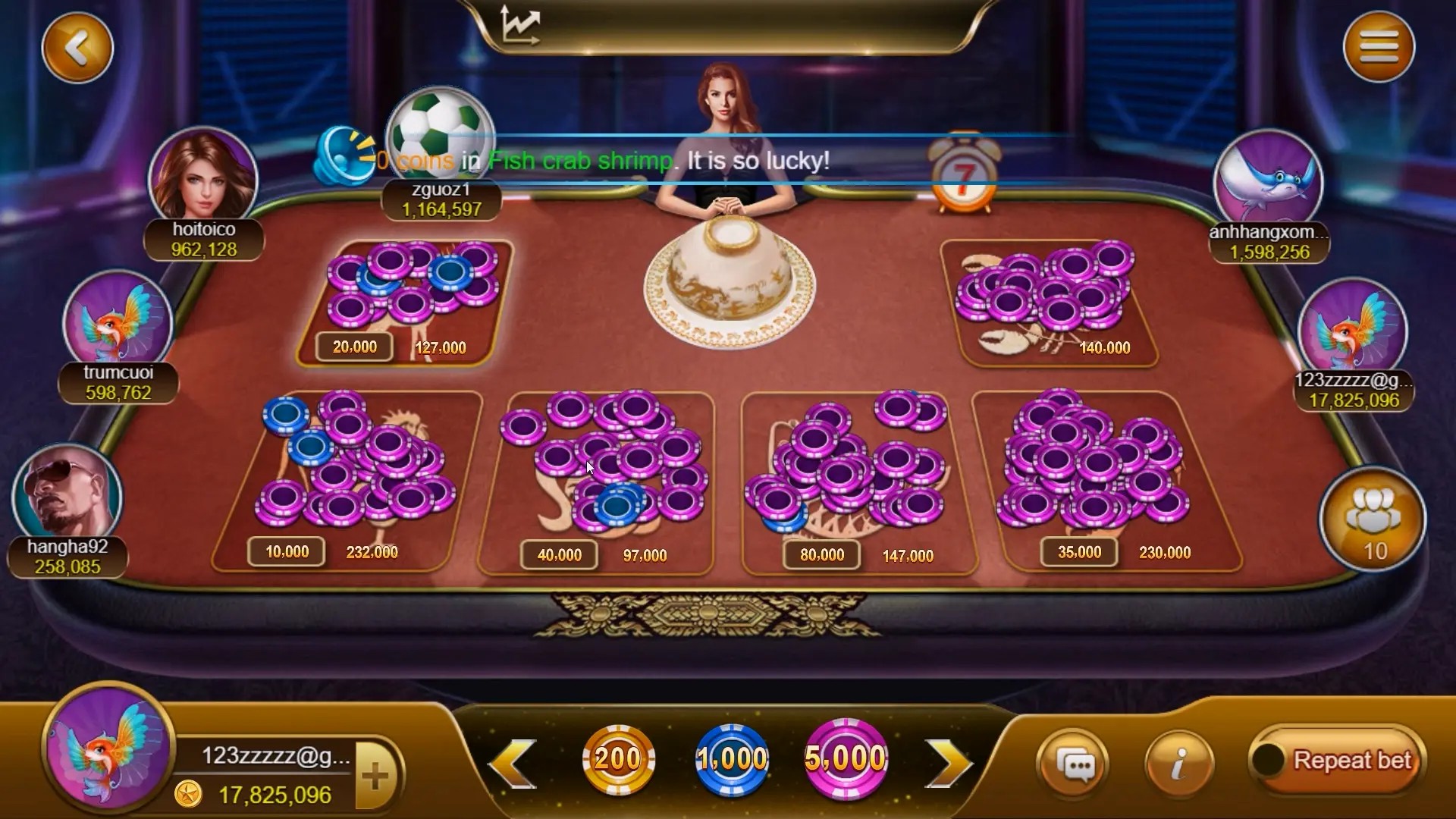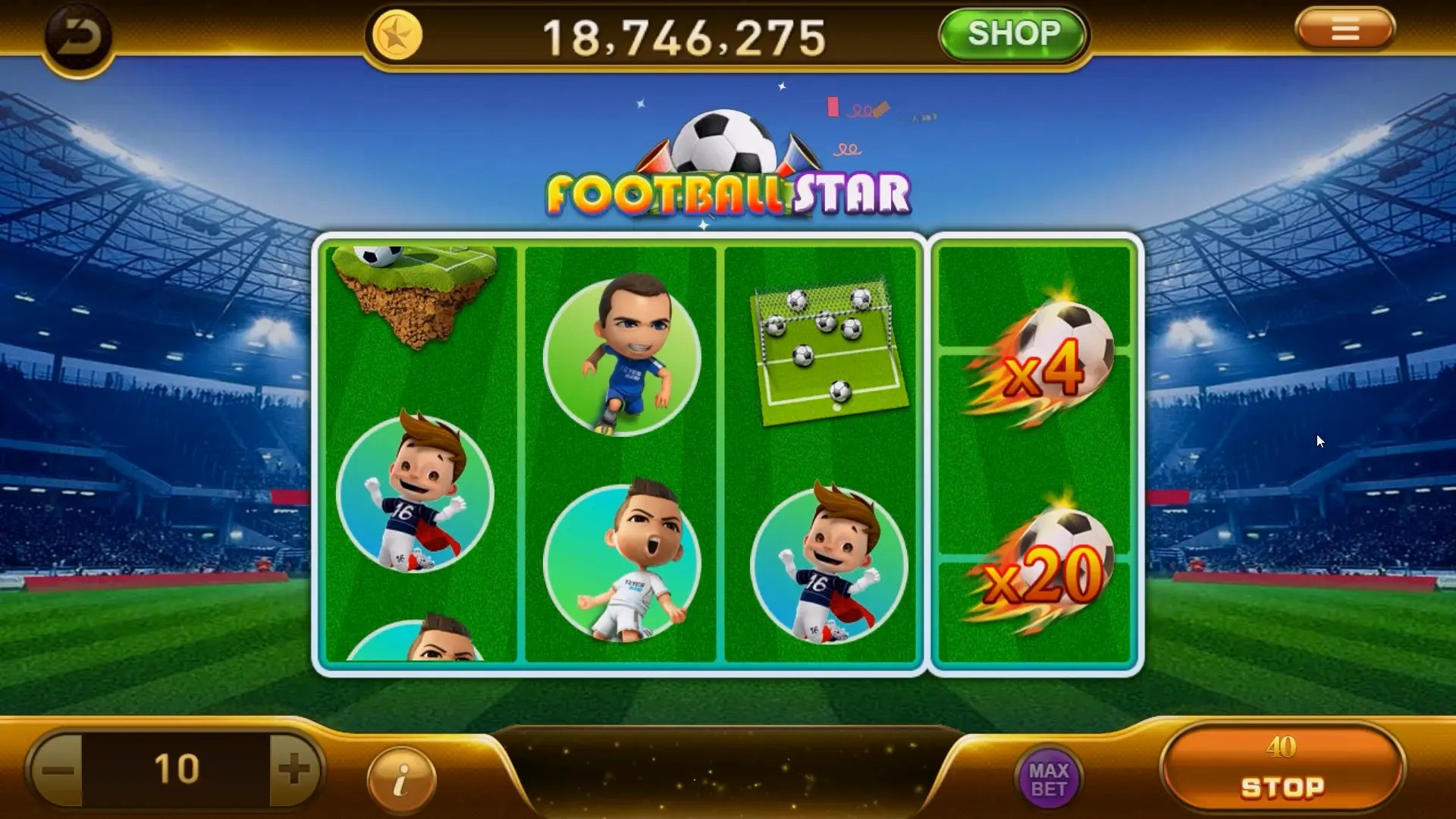From Solo to Social: How Idle Games Are Revolutionizing Multiplayer Gameplay
Idle games, once deemed as a niche category, have dramatically evolved, embracing multiplayer dynamics that captivate a broader audience. They offer a unique blend of simplicity and engagement, taking social interaction to new heights. This article dives into the transformative journey of idle games, exploring how they bridge isolation and collaboration in the gaming universe, while also touching upon concepts like Game of Thrones: Seven Kingdoms and buzz around last war game codes.
The Rise of Idle Games
Idle games, sometimes referred to as incremental games, allow players to progress without continuous manual input. This genre has surged in popularity, with titles like "Adventure Capitalist" and "Cookie Clicker" making waves. What used to be a solitary gaming experience is now morphing into a social phenomenon. Let’s take a closer look at some key factors:
- Accessibility: Players of all ages can engage without needing extensive gaming skills.
- User Experience: Minimal mechanics encourage engagement while accommodating busy lifestyles.
- Community Engagement: Many idle games now offer platforms for making friends and collaborating.
The Shift Towards Multiplayer Functionality
As idle games gain traction, developers have started to integrate multiplayer functionalities. These features provide a social structure that was previously absent, enhancing the gaming experience. Here are some noteworthy aspects of this shift:
- Cooperative Challenges: Players can work together to complete objectives, sharing resources and strategies.
- Competitive Elements: Leaderboards and tournaments instill a sense of competition, sparking engagement.
- In-Game Communities: Players can join clans or guilds, simulating the relationships found in traditional RPGs.
Case Studies: Multiplayer Idle Games
Several idle games have successfully transitioned to multiplayer formats, showcasing what works and what doesn’t. Below are some case studies:
| Game Title | Multiplayer Features | Player Engagement |
|---|---|---|
| Tap Titans 2 | Cooperative raids and clan systems | High retention through group challenges |
| Adventure Capitalist | Leaderboards and global rankings | Competitive spirit boosts interaction |
| Bit Heroes | Guilds and party dungeons | Strong community involvement |
The Influence of Popular Culture
As idle games expand, they’re incorporating popular culture references. For instance, Game of Thrones: Seven Kingdoms has become a fitting backdrop for many idle games, attracting fans and creating thematic engagement. These integrations can elevate the storytelling aspect of idle gameplay, drawing in a broader audience who may not have previously been interested in the genre. This trend offers both challenges and opportunities for developers:
- Engagement through Familiarity: Tapping into existing fandoms can help attract new players.
- Storytelling Elements: Adding narratives can deepen immersion.
Challenges in Balancing Gameplay
While the rise of multiplayer idle games presents exciting prospects, it’s not without challenges. Striking a balance between idle mechanics and multiplayer interactions can be tricky. Players can get frustrated if the game leans too heavily on social interaction, overshadowing the core idle mechanics they initially enjoyed.
Looking Ahead: The Future of Idle Multiplayer Games
As we move forward, the potential for idle games to continue evolving is limitless. Players are increasingly yearning for experiences that marry the casual appeal of idle gameplay with the social dynamics of multiplayer gaming. Here are key trends to keep an eye on:
- Enhanced Customization: Players will seek personalized avatars and customization options.
- Increased Virtual Interaction: More immersive communication systems will enhance community engagement.
- Innovative Monetization Strategies: Developers will explore more ethical in-game purchases to maintain game balance.
Conclusion
From humble beginnings, idle games have shown an incredible capacity for growth and adaptation. The fusion of multiplayer elements has not only enriched gameplay but also significantly broadened the audience. As idle games continue their evolution, they’ll likely capture even more hearts, transforming casual gaming into a more social and communal activity. This revolution, though filled with hurdles, paves the way for a vibrant future in the gaming industry. In the end, the merger of isolation and collaboration proves that gaming is not just about competition, but also about shared experiences and friendships."



